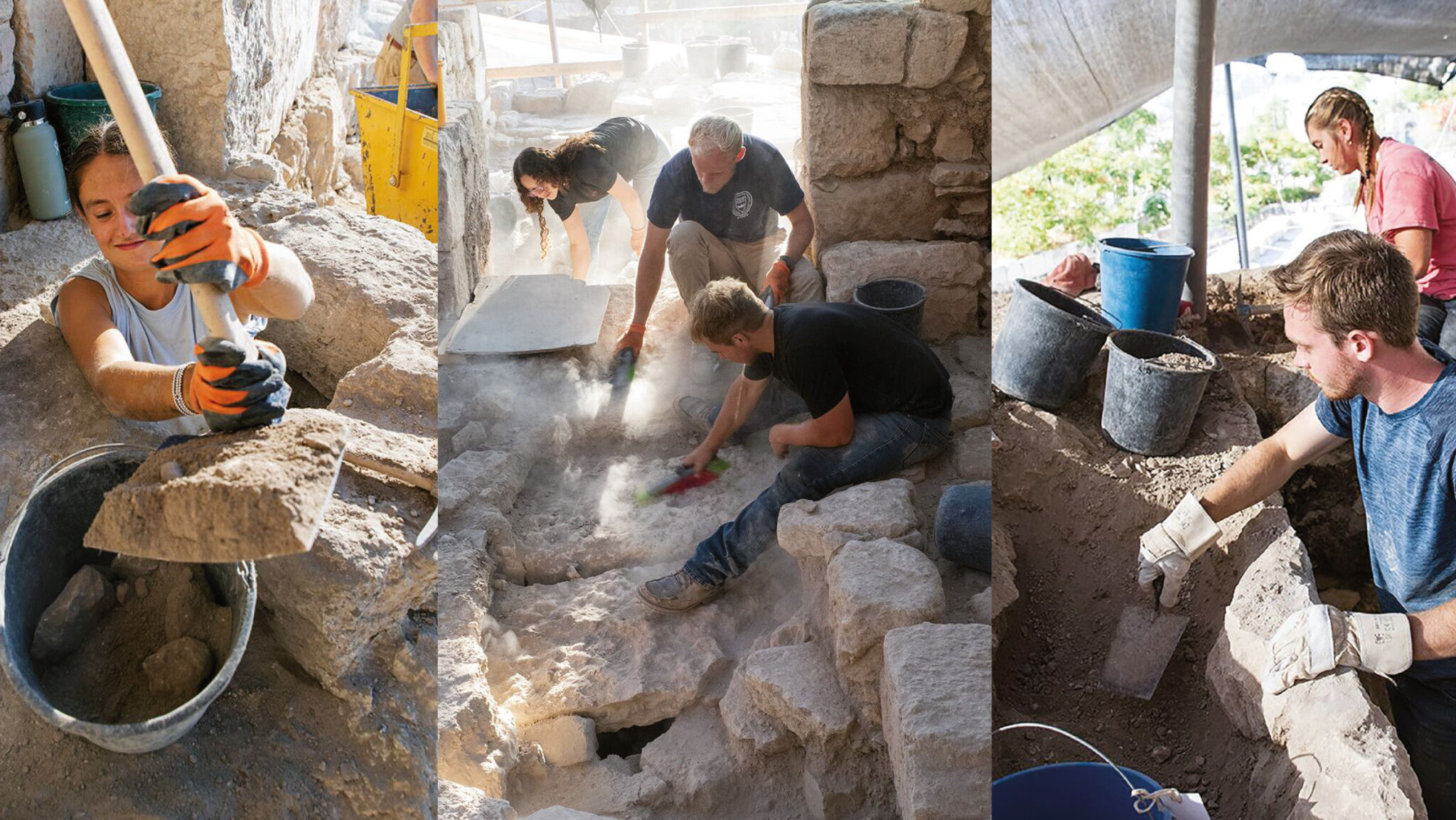Dig Into Archaeology

Dig Into Archaeology
The Bible’s relevancy often crops up in unexpected places. For me, it was my post-graduation trip to Madrid in 2023. I was expecting a lot of Spanish sun, marzipan and baroque art. Something I wasn’t expecting was a trip back to the era of King Solomon at Spain’s National Archaeological Museum.
2 Chronicles 9:21 shows that the Phoenician people of Lebanon had a presence in a far-off land called Tarshish. Solomon used his Phoenician allies to develop trade links with that land. Under Solomon, the kingdom of Israel used Tarshish as a base to obtain gold, silver, ivory and exotic animals.
Many biblical scholars and archaeologists believe southern Spain was likely a favorite destination of Solomon’s fleet. Greek texts refer to Spain as “Tartessos,” and archaeologists have uncovered significant Phoenician remains in the region.
Madrid’s National Archaeological Museum displays exquisite examples of Tartessian goldwork and locally mined silver, a small sample of the wealth that would have lured Solomon’s sailors to Spain. Also on display are idols of Phoenician gods like Baal (1 Kings 16:31) and Ashtoreth (1 Kings 11:5). One stele depicts a tree with a curiously curved top, reminiscent of a Phoenician-style column capital found at Jerusalem’s City of David, where the Bible says the Phoenicians constructed a palace for Solomon’s father, King David (2 Samuel 5:11).
This museum made this small section of the biblical narrative much more tangible and connected me to history from 3,000 years back. The Bible’s stories became vivid, so much more than text on a page!
This is the effect biblical archaeology can have on you.
God preserved the history of the Bible to teach us lessons in the present day (1 Corinthians 10:11). Believing the Bible and following Jesus Christ means making Bible history our history. Yet you and I are separated from the people, places and events of the Bible by thousands of years, by thousands of miles, by language and by culture.
Biblical archaeology can bridge the gap. Biblical archaeology unearths objects and structures you can touch, that the men of the Bible touched. It takes you back to millenniums-old streets and buildings that prophets and saints walked. It enables you to make the Bible’s history your history. As one archaeology instructor at college taught me, it makes the Bible come alive.
Moses, David and the 12 apostles are dead. Diving into the world of biblical archaeology is the closest we can physically become acquainted with their world. It helps us connect with the people and places in the Bible like little else can. With modern technology and mass media, we can dive into it from anywhere.
How does one start?
Follow current excavations. Excavating biblical sites isn’t something from a bygone era of colonial explorers and steamships. Excavations are happening right now in Israel and other important places in the Middle East. Some of these digs regularly publish updates of their work, which you can follow online to stay up to date on the latest discoveries.
Visit museums. You don’t have to travel to Spain to see wonders from another world. Today I live in England, and here are two of the world’s best museums for biblical archaeology: London’s British Museum and Oxford’s Ashmolean Museum. Wandering the halls of the British Museum brings you face to face with an ancient obelisk showing an image of Israel’s King Jehu (2 Kings 9). You can walk among wall panels that once decorated the palace of Assyria’s King Sennacherib (2 Kings 18-19). The Ashmolean Museum has an entire gallery dedicated to the Minoan civilization based in Crete (called Caphtor in ancient times): Minoans were the ancestral people of the Philistines (Deuteronomy 2:23; New King James Version). A walk through galleries of Egyptian hieroglyphics and Roman statues can be an education on the civilizations described in the Bible.
European cities offer especially significant collections, but great museums for biblical archaeology are found all over the world. One of America’s greatest collections is located at the University of Chicago.
Travel. For those with the means, few experiences can make the Bible come alive more than visiting the Holy Land. On one visit to Israel, I toured the Caesarea Maritima, a Roman city on the Mediterranean coast. Scholars have identified a building amid the ruins that may have been where the Apostle Paul appeared before Roman governors (Acts 25:1-6). In Athens, a popular tourist attraction is Mars Hill, where Paul famously addressed Greece’s philosophers (Acts 17:22-31). Seeing the actual places of the Bible—and in some cases walking through them—is an incredible experience.
Read archaeological history. Biblical archaeology has been progressing as a scientific discipline for well over 150 years. Your local bookstore and library likely contain a good selection of books introducing you to artifacts and other highlights from excavations in Israel, Egypt, Iraq, Greece and elsewhere. You can also subscribe to magazines that bring you past biblical archaeological work and modern developments easy to understand for scholars, schoolchildren and everybody in between.
The Armstrong Institute of Biblical Archaeology publishes a bimonthly magazine titled Let the Stones Speak (ArmstrongInstitute.org/magazine). It keeps you up to date with the latest developments in biblical archaeology, with articles written for the general public. Like the Trumpet, Let the Stones Speak is free. There is no better way to learn to, as Psalm 102:14 puts it regarding Jerusalem, “take pleasure in her stones, and favour the dust thereof.”
